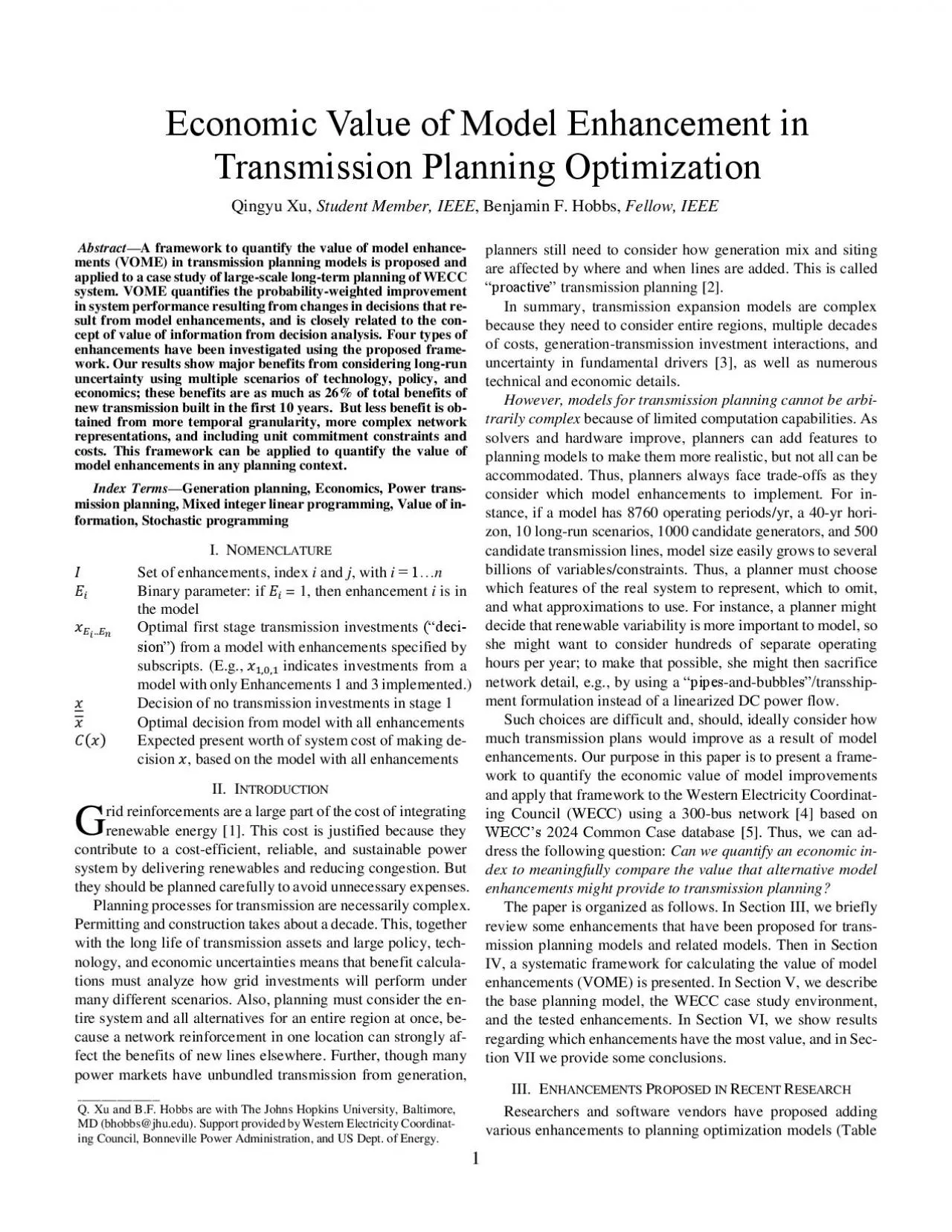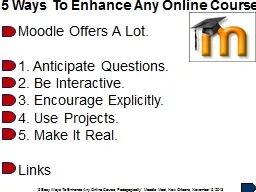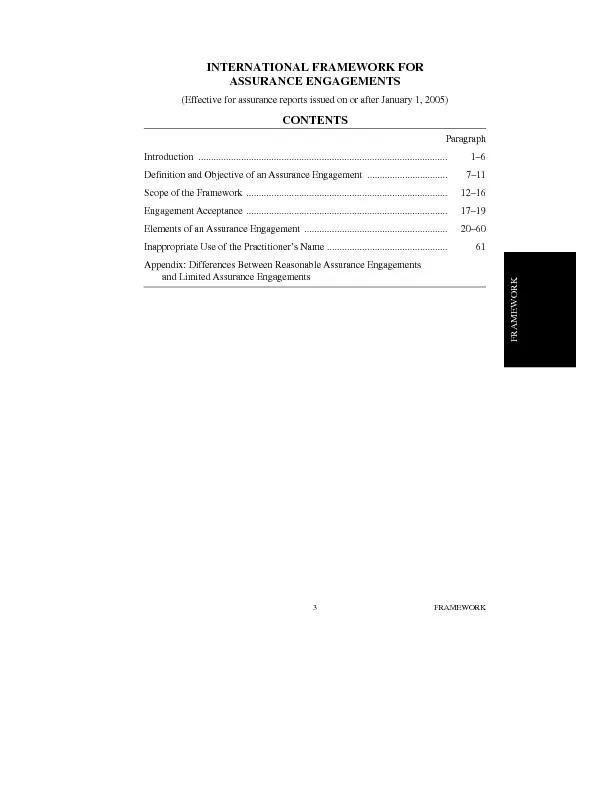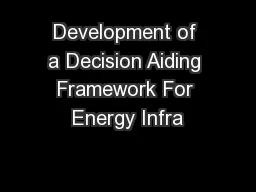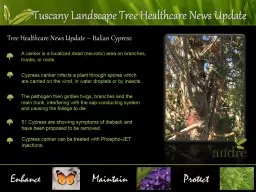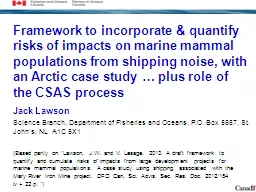PDF-A framework to quantify the value of model enhance
Author : singh | Published Date : 2021-07-06
1 Abstract ments VOME in transmission planning model s is pro posed and applied to a case study of large scale long term planning of WECC system VOME quantifies
Presentation Embed Code
Download Presentation
Download Presentation The PPT/PDF document "A framework to quantify the value of mod..." is the property of its rightful owner. Permission is granted to download and print the materials on this website for personal, non-commercial use only, and to display it on your personal computer provided you do not modify the materials and that you retain all copyright notices contained in the materials. By downloading content from our website, you accept the terms of this agreement.
A framework to quantify the value of model enhance: Transcript
Download Rules Of Document
"A framework to quantify the value of model enhance"The content belongs to its owner. You may download and print it for personal use, without modification, and keep all copyright notices. By downloading, you agree to these terms.
Related Documents

